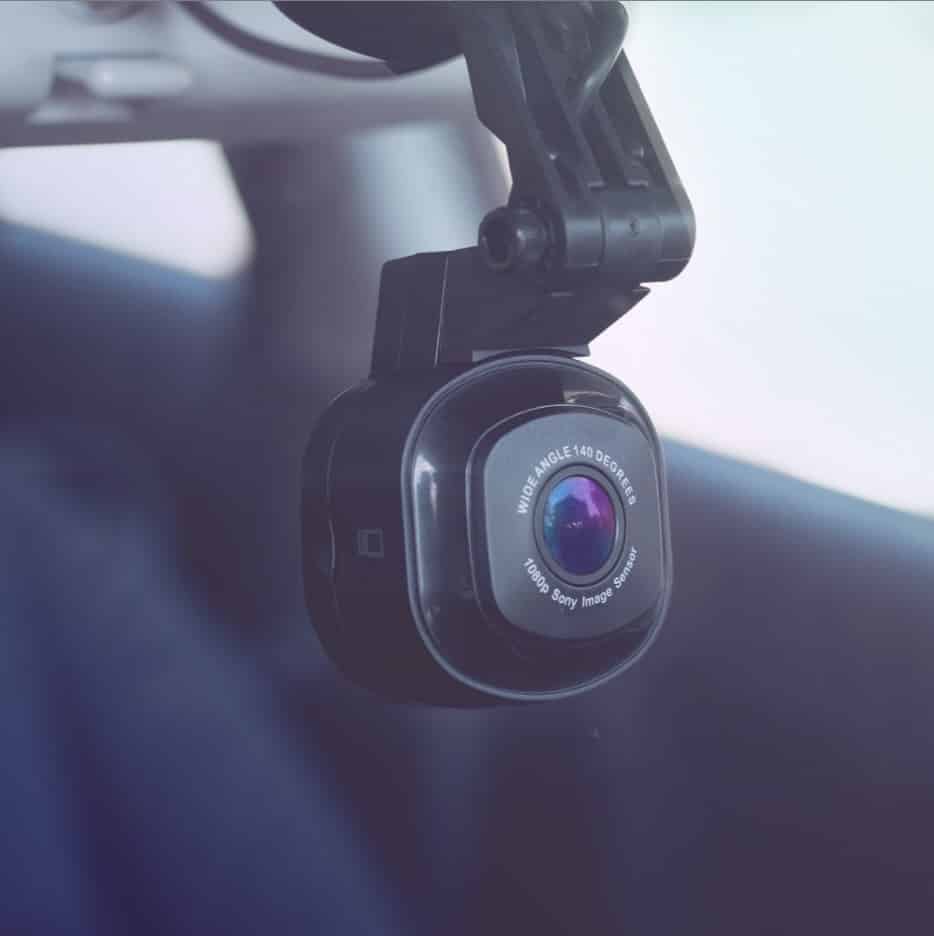

- NEXAR DASH CAM INSURANCE DISCOUNT INSTALL
- NEXAR DASH CAM INSURANCE DISCOUNT DRIVERS
- NEXAR DASH CAM INSURANCE DISCOUNT SOFTWARE
I found many knowledge gaps, when the most severe ones were 2 users who were not aware that they are not entitled to get the discount anymore.
NEXAR DASH CAM INSURANCE DISCOUNT DRIVERS
But Nexar's system is a preview of what's coming-the black box that not only knows what happened, but can tell the story.With not much previous information and research on the process, I decided to frame & depict the full insurance-Nexar journey through 3 angles : The users, Nexar and the insurance companies The users I conducted interviews with 6 pro drivers about their experience signing up for the program and getting their discount.
NEXAR DASH CAM INSURANCE DISCOUNT INSTALL
It will doubtless be a battle to convince the country that coined the phrase "snitches get stitches" to invite insurance companies to install all-seeing eyes in private vehicles. And if a car can create a 3D representation of the world in real time as it's driving, it won't be a major leap to generate a detailed replay after an accident. And with an autonomous car, a system like this would be required, because there'll be a need for proof." If cars end up driving themselves, they'll also be the witnesses. "You'll be able to walk into a courtroom and see a 3D AR crash scene.

"This is going to be more and more common," says Neil Mandt, creator of the Crimedoor augmented-reality true crime app. This is a relatively simple, just-the-facts representation of what happened, but if the concept takes root, expect AR-augmented reality-to be the next step. Then the AI gets to work on its report, writing out the timeline of the shunt to describe what happened.
NEXAR DASH CAM INSURANCE DISCOUNT SOFTWARE
Combining camera footage, data from motion sensors (meaning, we presume, the radar that underpins many adaptive cruise and automated emergency braking systems), and GPS, the software plots the accident on a map. (It speaks to our cultural differences that the underlying premise there is proving innocence, which is something you'd pay for.) Until now, the crash reconstruction equipment was part of a pilot program, but its success prompted Nexar and MSI to roll it out to the general public.Īfter a Nexar-equipped car gets in an accident, the system goes to work. This seems like a natural outgrowth of programs like Progressive Snapshot, wherein you share vehicle data with your insurance company in hopes for a discount-except, in Japan, the drivers pay a subscription fee of "less than $10 per month" for the system. The system is backed by the Mitsui Sumitomo Insurance company-which, besides having a vested interest in knowing when and how accidents happen, also wants to get the aftermath over with as quickly as possible.



 0 kommentar(er)
0 kommentar(er)
